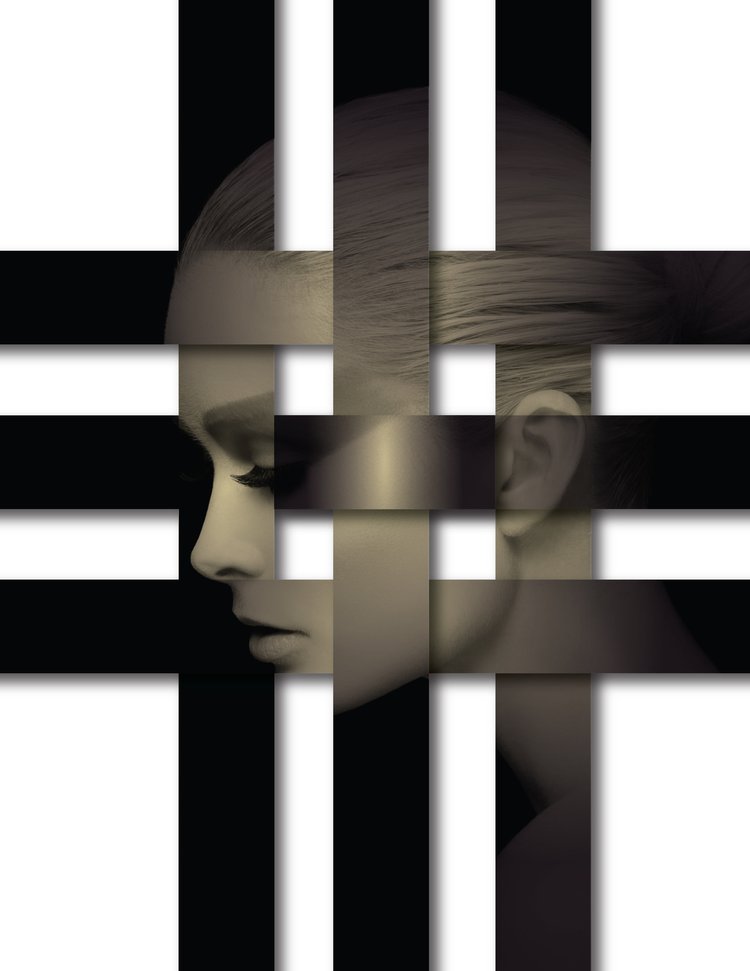It seems everyone is curious to know what camera gear professional photographer's use to create their images. A few weeks ago, a potential client sent an email to see if I would be interested in working with their company. The potential client had visited my website but said "can you tell me the type of camera and lighting equipment you use?" She wanted to make sure I had the "proper equipment" to take portraits.
The question made me think of a friend, who is not a photographer and had never used a camera before. He'd purchased a high-end camera along with Adobe photoshop and wanted to take pictures the next day for his company. The next week he called to say, "something must be wrong with my camera. I purchased an expensive camera and two lenses, but the pictures came out terrible." I smiled and said, the camera doesn't make a great picture, the photographer does. When you go to a restaurant, do you ask the chef what type of pots he uses to make sure the food will taste great?"
Great pictures come from trained photographers who take the time to learn how to master the tools of the trade so they can create stunning images. Each professional photographer uses the best gear possible, to create their images, but the magic comes only when you learn how to use the gear.
So what's in my camera bag?
Nikon D4s
Nikkor 58mm 1.4 lens
Nikkor 35mm 1.4 lens
Nikkor 24mm 1.4 lens
3- pocket wizards remotes
Profoto air remote
Macbook air computer
Macbook air presentation dongle connector
two batteries for Profoto B1 strobe
2 - mini silver/white reflectors
handheld fan
mini iPad loaded with MYLIO software
Tokyo subway map
Map of Tokyo, Japan
Air blower for lenses and camera body
Business card with English on one side and Japanese on the other
Black-out eye mask for the airplane
2 - 3 prong to 2 prong adapters
Old mini iPod (yes I still use one sometimes)
2 - 8 gig pen/memory sticks
remote LAV and receiver
Small mirror with black gaffer tape (special lighting tool)
Japanese facial paper
Collapsible travel chopsticks
Always dream big!


























